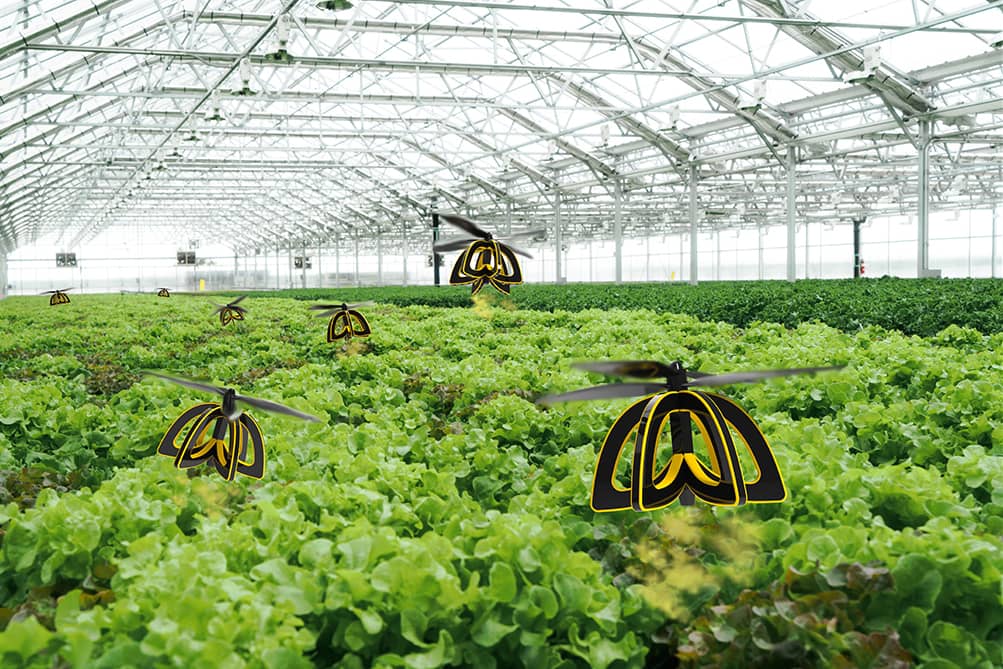Bees have already made it to the list of endangered species and if the bees go extinct; so will the humans. The bee population of the world is on a drastic decline, and the world is not unaware. Scientists are working to develop ways to not only save these bees but also to create the means to pollinate the plants in case they get extinct. One such attempt was the creation of an artificially pollinating drone by engineers at National Institute of Advanced Industrial Science and Technology (AIST), Japan.
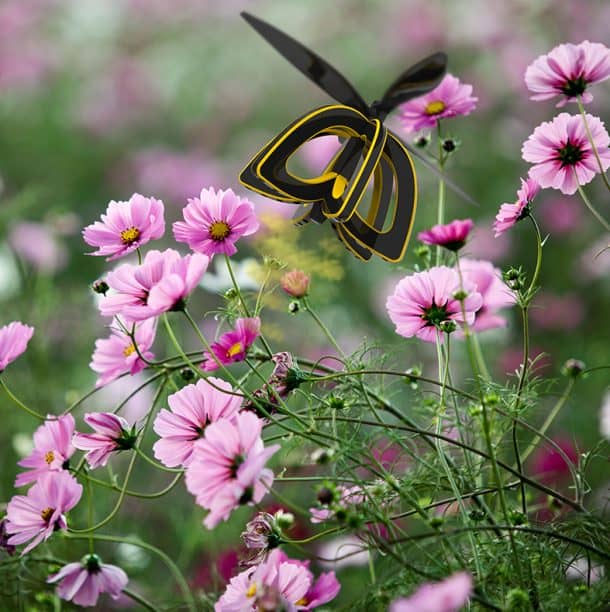
Anna Haldewang, the industrial designer at the Georgia’s Savannah College of Art and Design, has created a drone named ‘Plan Bee,’ controlled by a smart device to pollinate bees artificially. About 90% of wild plants depend on bees for pollination whereas others like ferns and mosses depend on spores for reproduction.
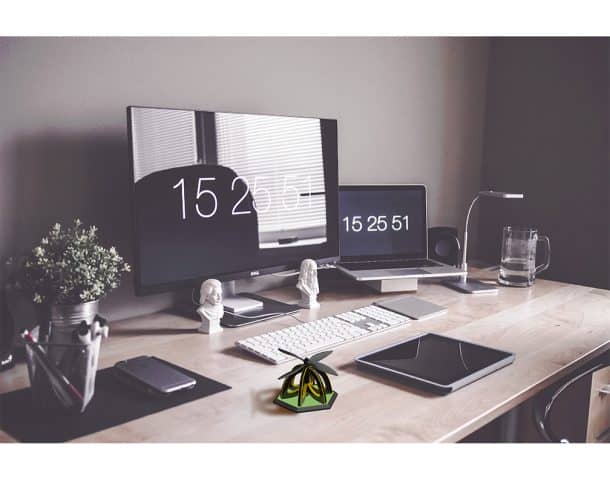
The drone striped yellow and black mimics the image of a bee. The final prototype that is shaped like a flower was created after 50 different design variations. It is made of plastic on the outside and foam on the inside. The current version of the ‘plan bee’ is the size of a fist.

The six sections of the drone body have holes underneath that suck up pollen when the drone approaches a flower, just like a vacuum cleaner. When it goes to another flower, the top vents of the drone push air through the holes, thus, releasing the pollen onto the flower. A camera underneath the drone uses ultra-violet light to detect flowers. Thus, replicating the vision of a bee.
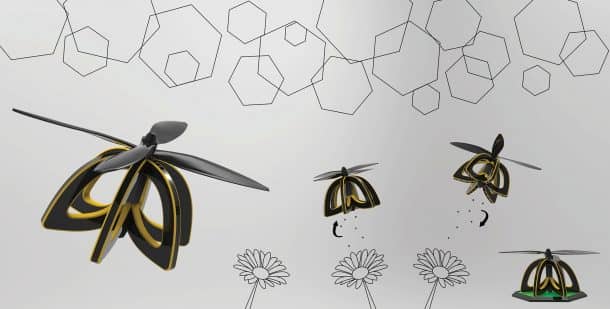
The designer envisions the drone to be used at a global scale. She believes,
“this concept has the ability to move beyond a backyard and into the future of hydroponics and space.”
The aim of the project is not to replace bees but to raise awareness about the decline of the bee population that has been sped up by the use of pesticides and chemicals.
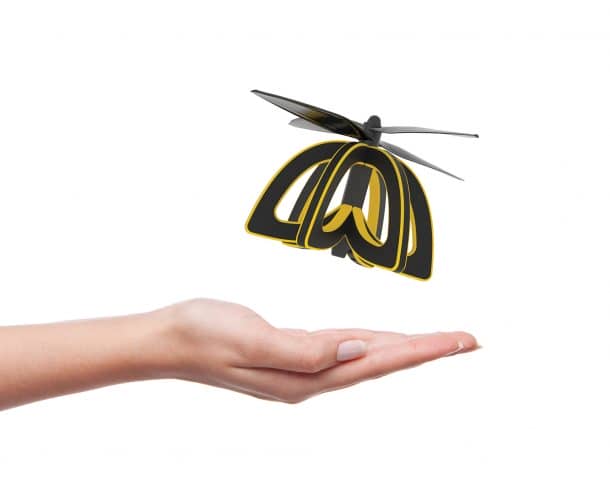
Apart from pollinating the plants, plan bee can even be used for educational purposes like teaching the process of pollination.
“With an actual bee, it’s so small you don’t notice it and how it’s pollinating flowers. With the drone you can see how the process works,” says Haldewang.
Haldewang has already filed a patent for her design, and she hopes to develop it as a product in the next two years. It is regretful that instead of saving the natural bees, we have already started looking for their replacements. But this perhaps is the need for the future.
We would appreciate your feedback in the comments’ section below!

